Cart Total
$0.00
-
Your shopping cart is empty
Loading

Hello! Log in Your Account
New customer? Start here


|
16 min read
Contents
Quick Summary
Dubbed 'The Big BT Switch Off', UK PSTN and ISDN analogue phone services will be phased out by the end of 2027.
You knew it was coming.
That box in a dusty old room of the office that makes the phones ring is obsolete.
No one in your business understands how it works. You need to call engineers in every time you want to add a new line or make a change.
Is there not something better?
We’re here to tell you that there is.
And we use that technology to power tens of millions of calls every month, with thousands of happy customers to back us up.
Now, the UK government is realising its infrastructure is outdated too. For that reason, full-fibre broadband needs to take over and the BT PSTN Switch Off is a milestone along the way.
When do PSTN phone lines go digital and analogue lines get turned off? Find out below and discover what it all means for you and your business.
The PSTN is the Public Switched Telephone Network.
The 'switched' in the name gives you a clue as to its age. At its inception, network operators would sit in a room and manually 'switch' or connect different lines to connect two different calls.
Sound old fashioned? The PSTN network was first introduced in the 1800s and, with a few modest upgrades along the way, is still in use across large parts of the UK.
The ISDN was the most significant of those upgrades made to the PSTN.
ISDN stands for Integrated Services Digital Network and is a set of standards introduced as an adaptation to a more digital world.
With the advent of the internet, more sophisticated types of data had to be transported across large distances. Video calls and other media joined voice calls in moving through the copper lines the old PSTN provided.
Today, the ISDN is of use only in those areas without broadband. That’s because it relies on those copper PSTN phone lines to operate.
ISDN2 and ISDN30 are the two main ISDN products sold by telecommunications service providers. ISDN2 provides buyers with between 2 and 8 ISDN lines. ISDN30 is more prevalent in business and provides up to 30 ISDN lines (also known as ISDN channels).
A single ISDN channel can support just one concurrent call.
There are obvious issues with scaling here for businesses that need to make more than 30 calls at once. Businesses with support and sales teams, for example. Such teams make a lot of calls at the same time, meaning businesses need many more than 30 lines.

BT Openreach is stopping, or ‘switching off’ the PSTN and ISDN service in January 2027. Originally BT Openreach had targeted the end of 2025 for switchoff completion, however this date was pushed back to 31st January 2027 to give residential services, and care homes and communities more time to prepare.
This doesn’t just mean they won’t sell these services anymore. BT Openreach will stop selling ISDN at what’s known as the Stop Sell date. This is occurring two years earlier at the end of 2023.
By 2026, every UK phone line will be a digital phone line. Calls will be routed over broadband using Voice over Internet Protocol (VoIP) technology, rather than using ISDN and PSTN copper phone lines.
BT Openreach has actually already started switching its customers across. The process began on the 1st of December 2020 and will continue at various trial sites across the country.
Ofcom’s primary aim is to “encourage investment and promote competition in fibre broadband networks” (p1).

But why?
It’s a fact that the PSTN infrastructure is dated - it dates back to the 19th Century. Continuing to run and maintain it is proving costly and inefficient.
Ofcom themselves have admitted that the PSTN “...can no longer be sustained in the long term” (p5).

Also, the market is changing.
Most people now own mobile phones and make calls with those. Landline-only products are being used less and less while broadband adoption continues to rise.
Modern technology continues to evolve rapidly too. VoIP technology is well established, but mobile data continues to improve with each generation.
The emergence of 5G promises to make roaming broadband speeds super fast. Faster, that is, than any wired internet connection still relying on copper lines could manage.
In other words, our 19th Century analogue lines are being left in the dust.
To meet modern demand, our telecommunications infrastructure needs updating.
Thankfully, these updates have been underway for some time. Full-fibre, or Fibre to the Premises (FTTP), provides ultrafast broadband to homes and businesses without any reliance on ISDN lines at all.
But FTTP is still scarce and some areas still struggle to get a usable internet experience.

For these reasons, Ofcom and Openreach are stepping up their rollout of fibre broadband and putting a hard deadline on the use of outdated tech.
The analogue switch-off applies to everyone. All businesses and home users with ISDN lines will be affected. Wholesale Line Rental (WLR) products and other ISDN-related products will no longer be sold.
Ofcom themselves are also aware of the potential difficulties presented by the switch. And it’s because of these difficulties that Ofcom is overseeing the switch off and the accompanying migration.
Downstream services that make use of copper phone lines, like security alarms, door entry systems and older security cameras, will be affected when those copper lines are switched off by 2027.
All such downstream services that currently make use of ISDN lines must be upgraded before the ISDN switch off takes place.

Anyone without broadband access, including the elderly, will need to get access to it. Those unable or unwilling to learn how to use new systems and technologies are vulnerable.
Ofcom assures in its Policy Positioning Statement that it is ensuring protections are put in place for this demographic.
If any of this feels unfair or strange at all, know that it’s happening in the rest of the world too.
The UK is behind countries like Estonia and the Netherlands, which have already switched off their PSTN networks
SIP stands for Session Initiation Protocol and is the protocol that governs the initiation and termination of voice calls made over the internet.

A SIP Trunk interfaces between a VoIP phone system and an on-premises PBX.
You’ll still use your on-site PBX to set up your call experience and it will still handle your calls internally. The SIP Trunk stands between that PBX and the wider internet, routing your external calls out to the wider internet.
This allows you to take advantage of the more reasonable call costs available when you use VoIP.
The principal drawback of SIP Trunking is that your internal phone system configuration is still dependent on physical hardware. This physical hardware is more difficult to scale and more costly to maintain than a cloud PBX (see Advantages of VoIP).
VoIP, or Voice over Internet Protocol, is a technology that allows voice calls to be conducted over the internet.
Cloud telephony and hosted VoIP refer to the practice of hosting that IP-based phone service in the cloud.
In practice, this means the hardware businesses used in the past is replaced with software in the form of an application. All the functions of a typical on-premises PBX are rebuilt in code in what is known as a hosted PBX.
Rather than download this application, it’s available to access at any time from anywhere with an internet connection. You don’t have to download anything, you just need to be able to connect to the service over the internet.
That’s because a server ‘serves’ you all the processes inherent in the application.
This makes for two-way interfacing with the application or, in this case, the hosted VoIP service. The developers update the service and those changes are immediately reflected in the application served to the users by the cloud server.
VoIP phone systems can integrate with other SaaS products like your favourite CRMs and business collaboration tools. The Yay.com phone system integrates with leading CRMs including Pipedrive, Hubspot and Zoho, among others, as well as Microsoft Teams. This makes it easy to create a workflow that maximises your productivity and return on investment.
Since hosted VoIP systems are hosted in the cloud, there is no physical hardware to install or maintain on-site.
That means no installation or maintenance costs to your business.
Plus, call costs with VoIP providers can be much cheaper than those using traditional business landline services.
For example, it costs just 1.5p per minute to call US mobiles from the UK. With BT, this would cost you 62.7p per minute. So you save more than 97% when using a VoIP service like Yay’s.

Hosted VoIP services virtualise all aspects of the traditional phone system. This frees cloud telephony services from the physical restrictions imposed by analogue ISDN lines.
Phone lines can be added or removed at will and at the touch of a button with hosted VoIP.
Contrast this with traditional copper lines where you’d need an engineer or trained professional to come on-site to add or remove physical phone lines.
Hosted VoIP is therefore both more flexible and more scalable than both SIP Trunking and ISDN-based solutions. For businesses, the abilility to pivot and collaborate from multiple locations, both in-office and remotely, can be vital for maintaining business continuity.
PSTN phone lines can often lack clarity making calls sound muddy to the human ear. Due to VoIP technologies supporting a greater range of sound frequencies than analogue copper lines, businesses will find that, in comparison, the quality of their calls is greatly improved.
The two-way interfacing we just discussed allows providers to update and improve their service far more frequently. In turn, this makes feedback and feature requests shuttle through from concept to release more quickly than you might be used to.
Many of these features would be impossible to offer with a physical phone system. At least not without significant workarounds.
Encrypted cloud backups of call recordings, for example, make your recordings available from anywhere while maintaining their security.
So you understand that you need to switch and you’re sold on the concepts of SIP Trunking or Hosted VoIP.
How do you begin switching?
The first thing to do is to take stock of which features your existing phone system offers that you’re using right now. Which are essential to your business? Which are only desirable? And how much are you currently paying?
Armed with this knowledge, it’s time to start searching for a provider that can fill your requirements. Preferably at a better price than you’re getting at present.
With a shortlist of providers, prices and features, it’s time to go back to your current provider and tell them what you’re thinking.
It’s likely your current provider has their own SIP or Hosted VoIP product they can offer you, which is why it’s important to be clear on what you need and what’s on offer elsewhere before this stage.
This sets you up to negotiate better prices or to turn them down if you know you can get better for cheaper.
Cloud telephony has different requirements from ISDN products.
After the ISDN and PSTN Switch Off, or before you switch, you need to meet these requirements.
First of all, you’ll need a good broadband connection speed coming into the property.
Although the bandwidth required to make a VoIP call is very low (about as much as you need to scroll through Twitter), the stability of that call depends on your connection being stable. The more bandwidth you have as overhead on your network, the better your calls will be.
Second, you’ll want some means of making sure VoIP traffic is prioritised on the network.
Thanks to a feature of business-grade network routers called Quality of Service, VoIP traffic is usually prioritised automatically. You just need to make sure you have a business-grade network router. DrayTek and Ubiquiti are good names to start your search with.
Third, you’ll want to choose wired connections over wireless ones (WiFi) wherever possible.
Coming back to the stability point, wired connections are always more stable than wireless ones. That means hardwiring as many devices together as possible.
If you plan on using softphone apps to make your VoIP calls, a wireless connection is a given. Desk phone connections and those between network devices, though, should all be wired.
For many large, established corporations, the idea of such an essential business function as your phone system, hosted in the ‘cloud’ where you can’t see it, might still be worrying.
However, if you are concerned about a cloud solution to your communications, it may set your mind at ease to hear that, here at Yay.com, our platform is hosted on Google Cloud.
Google Cloud is used and trusted by companies including Spotify, Snapchat, HSBC and Coca Cola. You’ve probably heard of some of them!
Companies like these trusting cloud hosting with their data is a big vote of confidence in the technology.
In addition, Yay.com is an ISO accredited G Cloud 11 supplier. That means we’re trusted by both independent and government bodies in our ability to supply a stable, high-performing service.

Expect it to take a couple of weeks.
Once you’ve decided you’ll make the switch and have had the necessary conversations with your new and old providers, the process of switching takes as long as its two longest components.
If your staff are used to using desk phones, you’ll need to order a new set of IP phones. If the provider sells phones themselves and offers a pre-provisioning service, then the process shouldn’t take long.
This part of the process takes as long as it takes to receive your order and have the phones set up.
Since IP phones aren’t required to make VoIP calls, though, this step is optional.
You can always use softphone apps, if your new provider offers them, to make and take business calls instead.
You’ll want to transfer your business phone numbers across to your new provider. This process usually takes a couple of weeks, but delays can occur and can’t always be foreseen.
Despite the number porting process taking a couple of weeks, your numbers won’t have any downtime. That’s because the numbers remain active with your old provider right up to the moment the port completes.
Yay.com will even allow you to configure your numbers before the port completes, so your call routes direct calls to them just as you’d expect.
For this reason, though, it’s important to make clear to your old provider that your service with them cannot terminate until after all your number ports are complete.
With all your phones and numbers in place, all that’s left to do is get your phone system set up as you’d like it.
Our friendly support team can walk you through as much or as little of this process as you’d like.
Even the most complex of systems shouldn’t take more than 30 minutes or so to set up.
Dubbed “The BT PSTN and ISDN Switch Off”, BT Openreach will withdraw support for PSTN/ISDN analogue landlines by the end of January 2027.
This is prompted by Openreach’s announcement that they will be withdrawing WLR (wholesale line rental) products reliant on ISDN by the end of that same year.
Moreover, the 2023 Stop Sell date means BT will not sell analogue phone lines to anyone from Q4 2023. That means an analogue option won’t exist for much longer.
With Ofcom’s new policy on the future of fixed telephone services, telecoms providers are introducing new digital products and phasing out old ones. You’ll surely be confronted with your current provider’s own digital phone system products sometime soon.
And even if your provider doesn’t push an ISDN alternative in front of you, the BT copper Switch Off necessitates a migration to digital phone lines and IP-based communications.
Whilst Openreach has a number of contingencies in place for those who may be resistant to the changes, these are structured around supporting these parties in transition, not in accepting their refusal.
Moreover, a communications system is a prerequisite for any business. So, when it’s time to expand or revamp your phone system, the questions of which digital provider to use and what the options are will arise.
Rather than delay the inevitable, modernise your phone system now by switching to a reputable VoIP provider like Yay.com and begin benefitting from some of the very powerful features on offer.
CRM integrations, webhooks and global call recording are just some of what’s offered here at Yay.com to make your business more powerful and data-driven. Plus our digital VoIP solution also ensures that your existing business phone numbers stay live, so clients and customers can continue to reach you on the numbers they know.
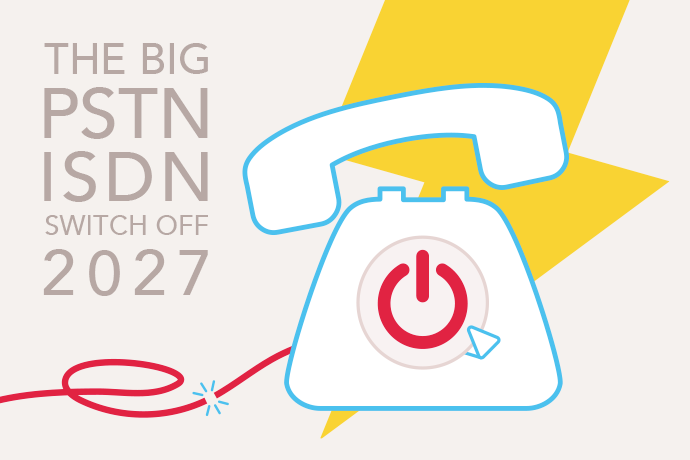

Discover how easily franchise owners can create brand consistency and align with local market needs by adopting a Cloud-based VoIP service and virtual numbers.
Posted July 9 2024 | 5 min

Think your business is too young for a professional phone system? Here are some indicators that it might just be time to upgrade to hosted VoIP.
Revised January 18 2024 | 5 min
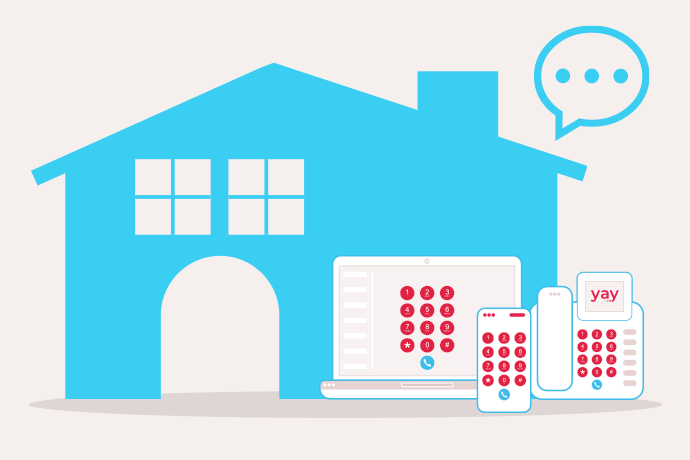
From higher call quality to call analytics, see how a flexible Cloud phone system can provide cost-effective, functional solutions to help estate agencies grow.
Posted August 31 2022 | 5 min
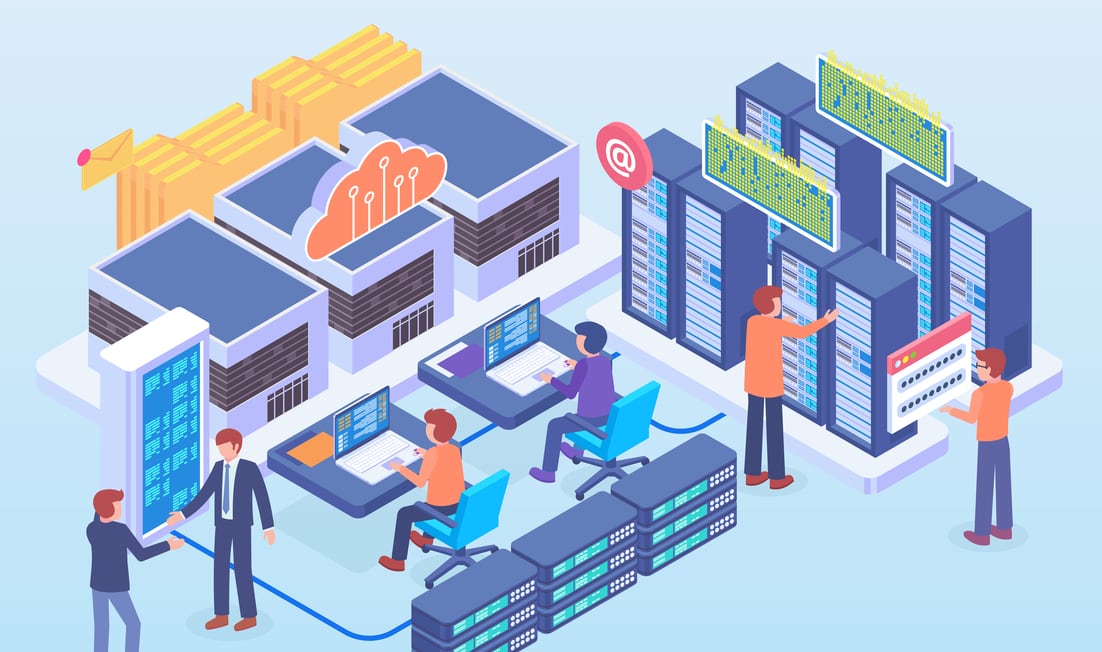
Check out these 20 reasons why cloud collaboration is the best business investment you'll make this year.
Posted January 20 2022 | 13 min

Cloud phone system providers offer different sets of features at different price points. We break down ours.
Posted January 4 2022 | 4 min

While VoIP loosely refers to all implementations of voice calling over the internet, a cloud-based phone system is a business solution hosted in the cloud.
Posted January 4 2022 | 4 min

A Cloud Phone System is one that provides business telephone services with VoIP technology. Read on to find out more.
Revised September 23 2021 | 7 min

If yours is a big business hesitant to move your phone system into the cloud, read here to find out if you're missing out on more than you think.
Posted August 3 2021 | 5 min

More than just VoIP phones can be used to make and receive calls with your business phone system. IP intercoms make highly useful SIP endpoints too.
Posted February 26 2021 | 5 min

Just by virtue of being hosted in the cloud a VoIP phone system can benefit your business. We discuss these benefits and how cloud-hosting makes them possible.
Posted October 27 2020 | 5 min

Learn about government initiatives to bring gigabit broadband to the UK and how cloud-based services are driving them
Posted February 21 2020 | 5 min

Find out how Cloud-based VoIP Phone Systems can offer you considerable advantages over your competition.
Posted March 20 2019 | 4 min

Get to know Time Diaries and how they can assist your Cloud PBX in handling phone calls when your office or business is closed for the day.
Posted May 18 2018 | 2 min
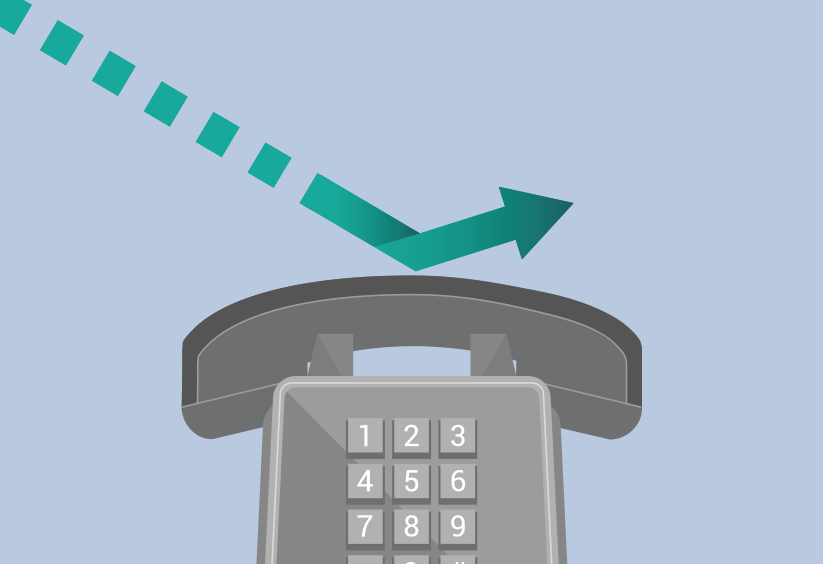
Businesses lose around £90m in sales just from missed calls. Here's how your hosted VoIP Cloud PBX can stop your business losing valuable calls and revenue.
Posted November 21 2017 | 4 min
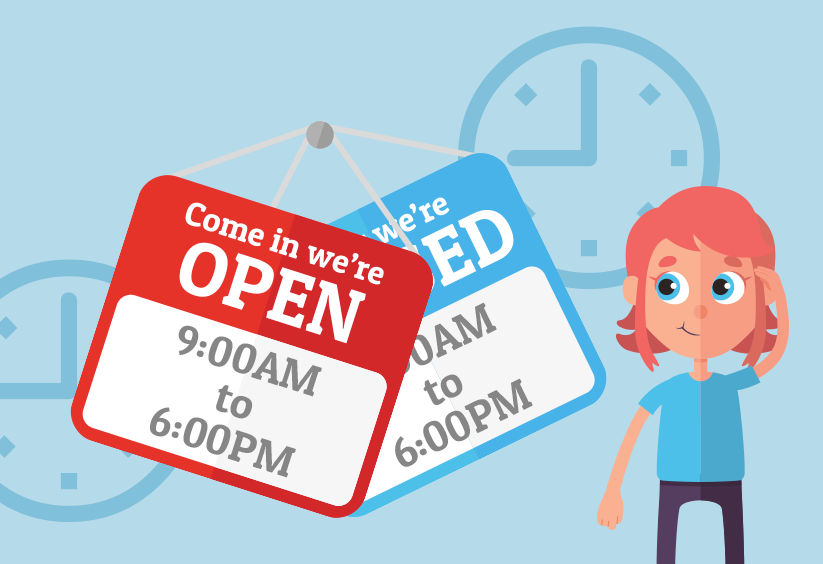
Use your hosted VoIP phone system to professionally handle incoming calls when you are away from the office during holiday times.
Posted August 24 2017 | 4 min
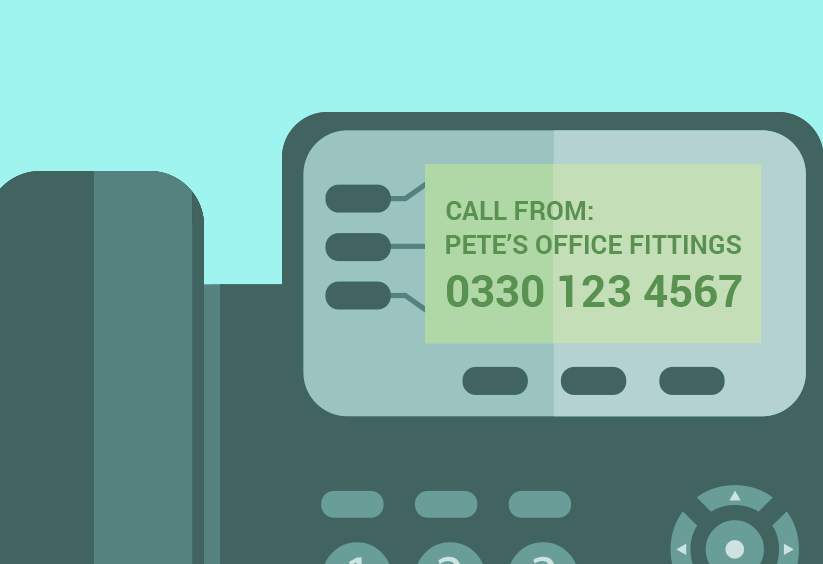
Use the Caller ID options included with your Cloud PBX to make an impact when calling your clients and business leads.
Posted August 4 2017 | 3 min

Hosted VoIP makes it easier than ever to stay in contact and collaborate, whatever the device, wherever you are. Here are 5 ways VoIP helps collaboration.
Posted March 9 2017 | 3 min

More than just a phone system, hosted VoIP opens up a host of alternate business features, such as sending fax and opening doors. See what you can do today.
Posted February 6 2017 | 4 min